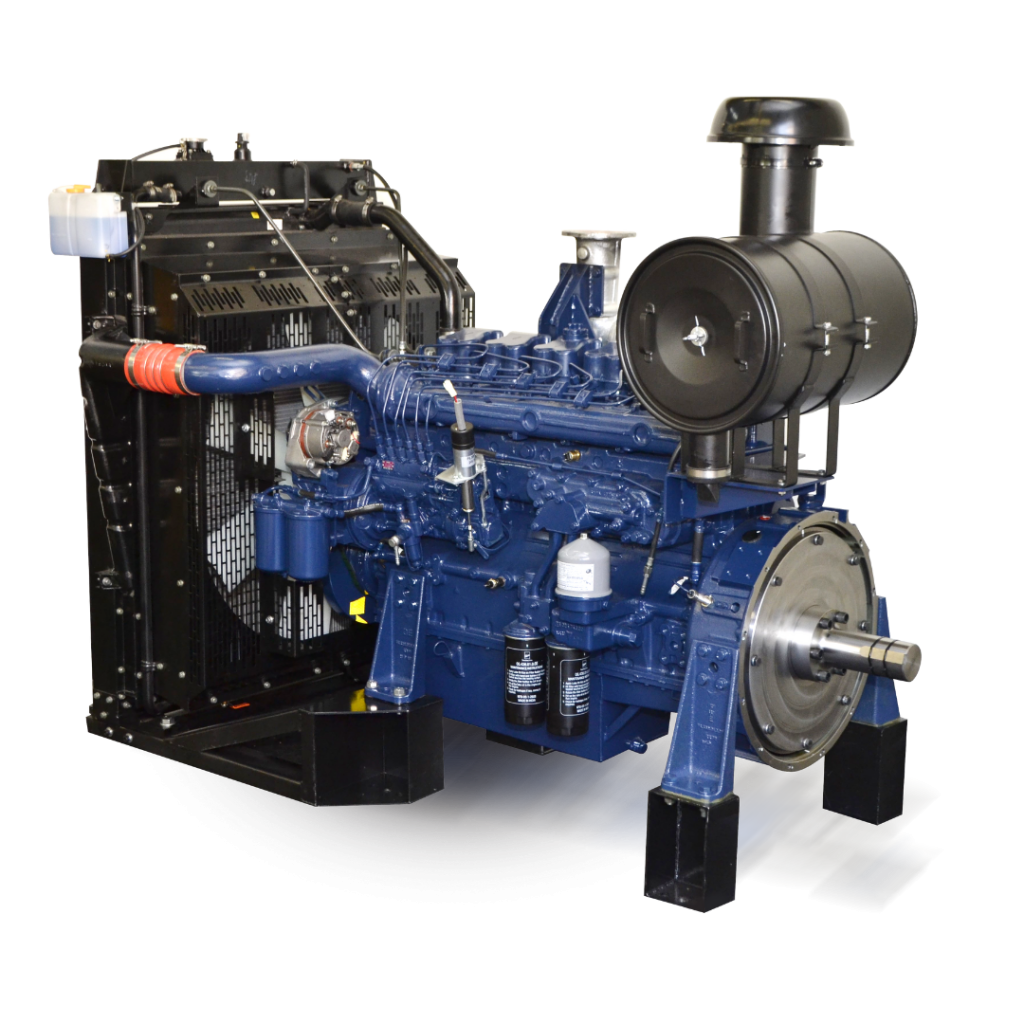Engines for Africa: Revolutionizing Power Generation in Remote Areas
Recognizing the Long-Term Benefits of Buying Engines for Africa for Future Growth
The prospect of investing in engines for Africa-- extending education, technology, and infrastructure-- offers an engaging chance for lasting growth and security. Such investments not just lead the way for sustainable financial diversification yet also strengthen durability versus international obstacles.
Economic Security and Durability

Additionally, strength enables African nations to adapt to changing global characteristics, consisting of environment change and technical innovations. By focusing on financial diversity, nations can minimize reliance on a slim range of markets, hence alleviating threats connected with financial downturns. Investment in facilities, innovation, and education more strengthens this durability, empowering areas to prosper despite difficulties.
Applying audio fiscal policies and enhancing banks are additionally crucial strategies for boosting economic stability. These procedures can facilitate accessibility to credit report, improve financial savings rates, and advertise effective source allocation. Ultimately, a robust economic structure lays the foundation for sustainable growth, ensuring that Africa can take advantage of its enormous capacity while preparing for future unpredictabilities.
Work Production Opportunities
A dynamic job market is necessary for driving lasting development and decreasing destitution in Africa. Purchasing engines for Africa, especially in industries such as agriculture, manufacturing, and innovation, can substantially enhance job creation possibilities across the continent. As new markets emerge, they require a workforce equipped with diverse skills, resulting in boosted employment potential customers for regional populaces.
These investments not only create straight task chances however also promote secondary fields. As an example, a burgeoning manufacturing sector can lead to enhanced need for logistics, upkeep, and supply chain management functions. This multiplier effect amplifies the general employment landscape, promoting a durable community where numerous markets prosper jointly.
Additionally, boosted work possibilities can boost entrepreneurship, as individuals with steady incomes often look for to buy their own organizations. This business spirit can give additional work methods, adding to a dynamic economic situation.
Ultimately, by concentrating on work creation through critical investments, Africa can harness its capacity, guaranteeing that financial development converts right into tangible benefits for its people - engines for Africa. In doing so, the continent can develop a lasting future that prioritizes both economic development and social upliftment

Enhancing Education Solution
Frequently improving education and learning systems is important for equipping Africa's youth with the skills essential to flourish in a swiftly progressing work market. A robust educational structure should focus on both academic excellence and sensible ability growth. By aligning curricula with the demands of industries, schools can much better prepare trainees for future employment chances.
Investment in teacher training programs is necessary to boost instructional top quality. Trained educators motivate students and foster critical reasoning, imagination, and analytic capacities. In addition, integrating trade and technical training into click site the education and learning system can provide students with tangible skills that meet market needs, consequently minimizing youth joblessness rates.

Additionally, boosting access to education, especially in country and underserved locations, is vital. Methods such as mobile learning systems and community-based education and learning campaigns can connect the space, making sure that all youth have the possibility to prosper (engines for Africa). Eventually, a learn this here now well-rounded education and learning system will certainly be a keystone for Africa's lasting growth and growth
Innovations in Technology
Using the power of innovation is changing numerous markets across Africa, leading the way for development and growth. The integration of advanced innovations such as synthetic knowledge, large data, and the Internet of Things (IoT) is transforming sectors, improving productivity, and driving economic advancement. These advancements are enabling organizations to simplify procedures, improve decision-making processes, and promote a more open market setting.
In farming, for example, accuracy farming methods powered by data analytics are maximizing crop yields and resource administration. In a similar way, the monetary sector is experiencing a rise in mobile financial and fintech options, which are enhancing monetary incorporation and supplying crucial services to underserved populaces. The healthcare industry is benefiting from telemedicine and digital health and wellness documents, improving access to high quality treatment across remote locations.
As innovation continues to progress, its effect on education and learning is likewise substantial, with e-learning platforms broadening instructional possibilities. By spending in these technical innovations, African countries can unlock brand-new financial possibilities, produce work, and raise living standards. Accepting innovation is important for sustainable growth, ensuring that Africa remains affordable on the worldwide phase.
Facilities Advancement Influence
The quick developments in modern technology are carefully linked with the urgent requirement for facilities development throughout Africa. As countries aim to boost their financial landscapes, purchasing robust infrastructure systems comes to be critical. Efficient infrastructure-- comprising transport networks, power grids, and communication systems-- helps with improved access to markets and resources, eventually reinforcing efficiency and financial growth.
The impact my review here of facilities growth expands beyond immediate financial benefits. Enhanced infrastructure cultivates an environment favorable to innovation, bring in both international and regional financial investments.
Additionally, tactical investments in infrastructure can reduce the risks associated with environment adjustment, as resistant systems are crucial for adapting to ecological difficulties. By prioritizing sustainable facilities development, African nations can ensure lasting growth and stability. Ultimately, the interaction between technical developments and framework advancement is vital for recognizing the continent's complete capacity and accomplishing lasting development goals.
Verdict
In verdict, purchasing engines for Africa-- encompassing technology, education, and framework-- presents considerable lasting advantages crucial for lasting development. Such tactical financial investments foster economic stability and strength, produce task possibilities, and improve education and learning systems, eventually bring about innovations in innovation and facilities advancement. The cumulative result of these campaigns not just reinforces market access and source circulation yet likewise placements African nations to adapt and flourish in an increasingly dynamic global landscape.
Financial stability and durability are critical elements for sustainable advancement in Africa, specifically as the continent seeks to harness its vast sources and possibility. By prioritizing economic diversification, countries can minimize dependence on a narrow variety of industries, thus reducing risks connected with financial slumps. Eventually, a robust economic structure lays the structure for sustainable advancement, guaranteeing that Africa can capitalize on its immense potential while preparing for future uncertainties.
Reliable infrastructure-- comprising transport networks, power grids, and interaction systems-- promotes enhanced access to markets and resources, inevitably bolstering performance and economic development.
Such tactical financial investments foster financial security and durability, produce job opportunities, and enhance education and learning systems, eventually leading to innovations in innovation and facilities advancement.